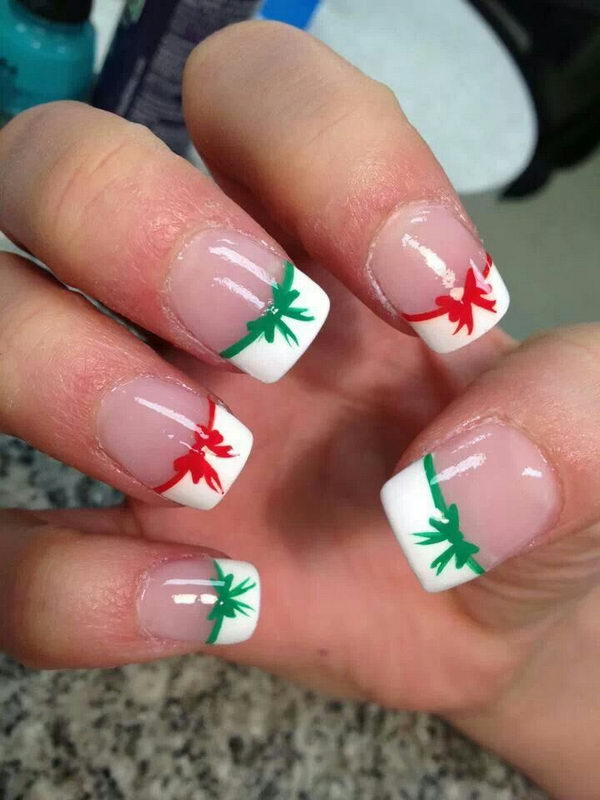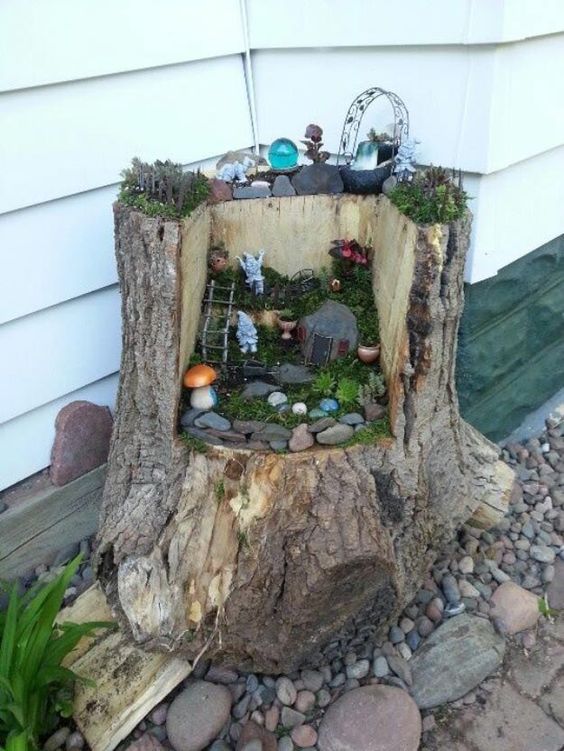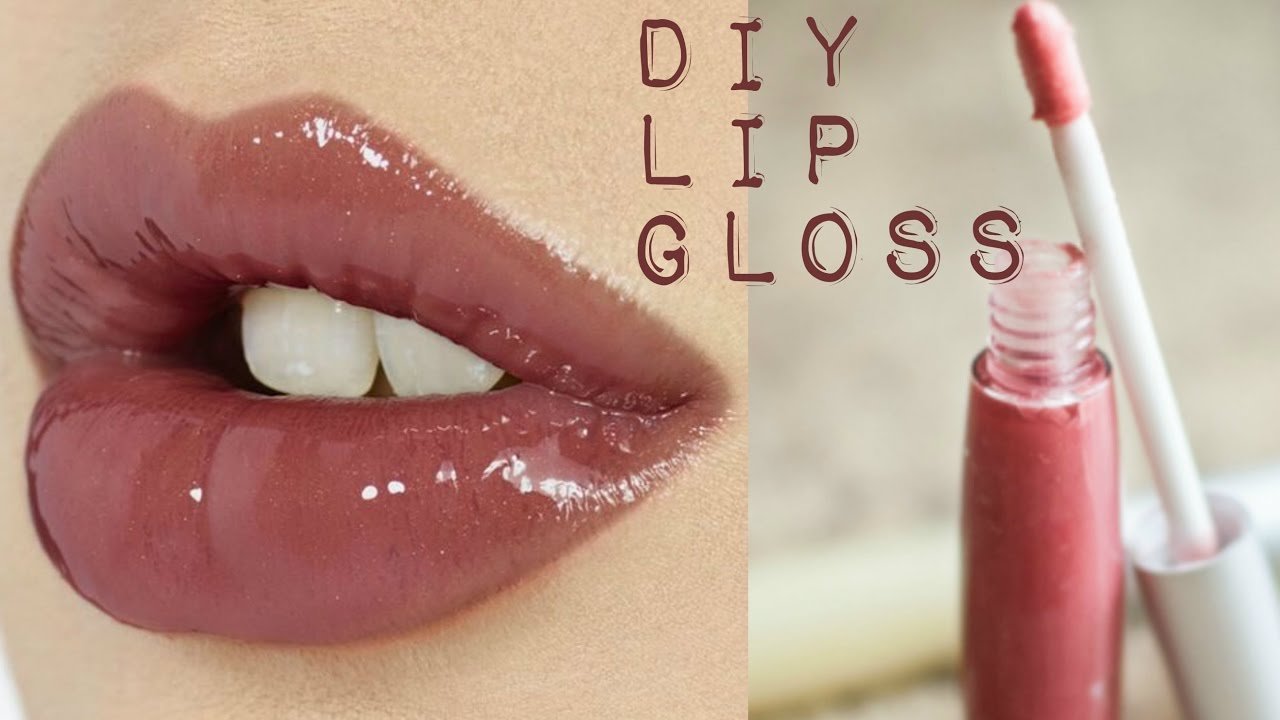Table of Content
Even if increasing your puppy’s meals seems like a good idea, you shouldn’t make any dietary changes without consulting your veterinarian first. Armed with this information, you will easily be able to tell if your puppy’s poop is normal or not and, unlike me, won’t unnecessarily rush your pup to the vet’s office. Kelsie is an animal science major at the University of Illinois at Urbana-Champaign.
Once you’ve brought your puppy home, you should start teaching it to sit. The first meal should be a small amount of food, as it will grow into an adult within the next few weeks. You can also try feeding your puppy with a bowl of water, but you should also take into account the length of the pup’s stomach.
How To Tell If Your Puppy’s Poop Is Normal?
The last thing to do before tucking them into their crate is to get them to go potty. They will likely cry for a while as this is their first time truly being alone. Going back to their crate and petting them reinforces the crying. Shelter workers have been interacting with your dog on a daily basis, they will know a lot about your dog!

Young children can be rough with puppies and may scratch them. It’s best to introduce your puppy to other dogs and cats, so that your child can learn the appropriate manners for human-animal interactions. Make sure that the puppy gets lots of exposure to common objects and sounds to avoid any potential phobias. If your puppy’s fear of loud noises is causing him to cry, this may be an indication that your puppy is hungry. The most popular age to take a puppy home is seven weeks.
What Expect with the New Puppy?
Your goal is to help your puppy to grow up into a confident and friendly adult dog. In general, your puppy is in a critical period of socialization from 8 weeks to approximately 16 weeks old, depending on the breed. Socialization means so much more than what we typically think it does and has an immense impact on future behaviors.
In most cases, a puppy will want to poop as soon as they finish eating their meal, while others will defecate within the next 30 minutes. Watch out, or rather sniff out, any sweet or extremely foul-smelling puppy poop. These types of changes can indicate a bacterial infection or other health problems.
Set up His Room – Where Should My Puppy Sleep?
They’re most likely going to fuss and possibly cry when you shut them in but allow them to adjust and settle down. With all of the excitement around a new puppy, it can be hard to tone things down and know what to do with the puppy when you first bring him home! Rather than letting everyone swarm him and run the risk of overwhelming his senses, meet him one-on-one in the area where he’ll be living. Once you’re in the car, let them sit with you on your lap if it’s possible. If not, tuck them into a travel kennel with an old t-shirt or blanket that smells like you and let them get used to your scent.
When the puppies go to their new homes, breeders can coach their puppy owners on how to socialize properly and safely, without overwhelming or traumatizing them. Keep their little mouths occupied with lots of puppy-safe, age-appropriate chew toys. It is usually illegal to sell a puppy before this age, as it could result in developmental issues in the pup.
What is so important about those few extra weeks?
No matter what age, every puppy needs socialization and consistent training to help grow up to the best dog he can be. Puppies may look like adults at this stage, but they are still considered puppies. They need consistent training and plenty of positive socialization to learn to feel comfortable in the world. Founded in 1884, the not-for-profit AKC is the recognized and trusted expert in breed, health, and training information for all dogs. AKC actively advocates for responsible dog ownership and is dedicated to advancing dog sports.

Let your puppy spend short amounts of time in the crate at first and slowly increase the amount of time they are in the crate. High-quality puppy food is one of the most significant ongoing expenses of having a puppy, but vets agree that the investment is worth it. Many dogs show signs of gum disease by the time they are four years old because they didn't receive proper dental care when they were young. Just remember to use a shampoo formulated for your puppy breed, and always keep the water and shampoo out of your puppy’s eyes, ears, and nose. For example, you should limit young puppies to short walks and play sessions throughout the day. On the other hand, a six-month-old dog might be capable of taking long walks or even short jogs.
A few months later is a better time to take a puppy home, especially if it’s a toy breed. Smaller breeds take longer to mature physically, but they adjust to their new home more easily. Even so, adopting a puppy that’s older than eight weeks will require extra precautions. As mentioned, socialization and bonding are the most important factors.
But good humor must prevail and with patience you can accomplish things in a good way for the entire family. The day your puppy comes home to stay is often a fun and exciting time. Usually there is something that makes it a special occasion to remember, an occasions adults always seem to be able to call upon no matter how many decades have gone by. If the puppies are young, do not leave them with any toys or bones that they could chew up and potentially swallow. Puppies need to learn how to chew and how not to eat things they shouldn’t, so remove any temptation from their pen when you leave them. The AKC recommends using a puppy’s age in months as a general rule of thumb for how long to leave them alone.
This may include excessive barking, aggression, reactivity, biting, destructive behavior, attention-craving, and resource guarding. It is also possible for a puppy to reject the mother due to stress or trauma. If this happens, you may have to delay the adoption of the puppy until it is at least eight weeks old. A three-year-old child can walk unassisted, talk, and feed himself.
Some puppies, due to their chewing needs, require confinement for longer. Gradually expand his environment, under your supervision, of course. All of our puppies have a one-year health guarantee and come from reputable breeders. By using these tips and remaining consistent, you’ll have your puppy relaxed and safe when you are away from the house. Before putting them in their crate, talk to them, and give them positive reinforcement.
Puppies are just babies and having too much happening all at once is a disaster waiting to happen! As you come to introduce your puppy into your house for the first time, start small with an area he can be comfortable in and that’s been thoroughly puppy-proofed. Letting your pup roam free in your house can overload his sense and can be scary.












